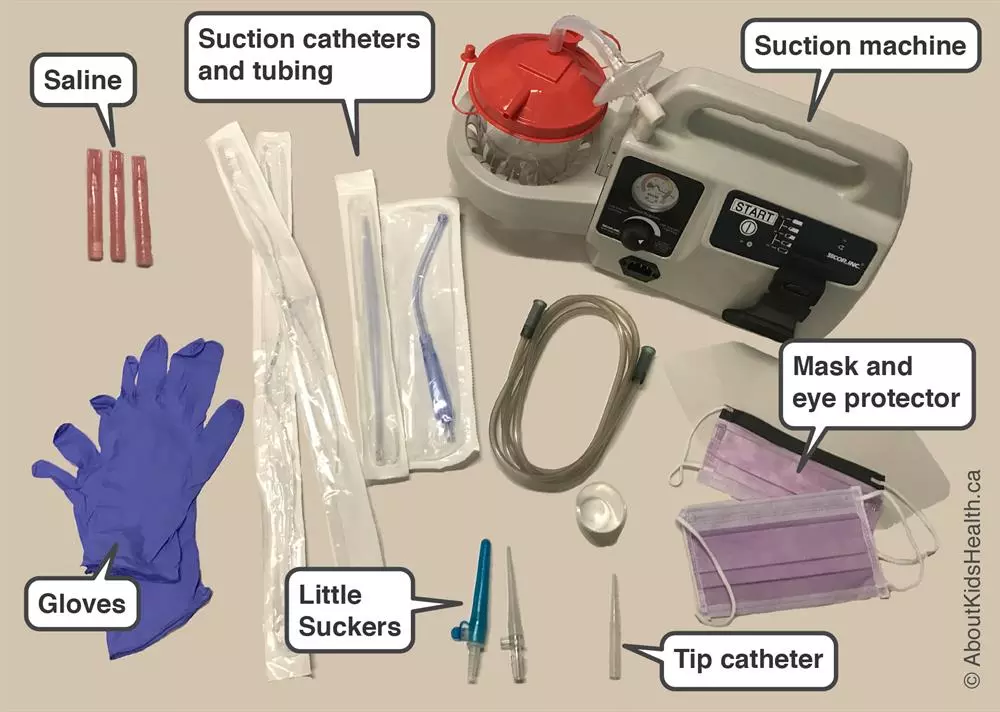While respiratory therapists and nurses widely use normal saline, this action is not recommended for use during suctioning of the endotracheal tubes in neonates. Historically speaking, suctioning the endotracheal tube has been extensively used in the removal of pulmonary secretions that can potentially block the endotracheal tube (Morrow & Argent, 2015). The such blockage could result in the impairment of air exchange in patients of all ages who got placed on machines.
According to patients who have undergone endotracheal suctioning, this experience is harrowing and profoundly unpleasant. One of these patients made a report that the experience got rated a 10 of 10 on the scale of pain rating. They described this experience of having saline installation as one where they felt “like they were drowning.” The suction catheter would then be shoved into the patient until the tube made the patient cough against the endotracheal tube. This experience, according to the patient, was very excruciating. Furthermore, every bit of breath remaining in the patient is then sucked out (“Saline Installation: Helpful or Harmful?” 2018). Why take a patient through all this pain and struggle?
As such, this being a very painful and distressing intervention, it should be performed with discretion and thought. It is essential to first look out for the indications of suctioning and ensure that you explain to the patient all the expected outcomes of the procedure. Once the patient gets informed of the risks and harmful effects of the intervention, then they can be left under the discretion to decide whether they want to undergo the same (Molnar, 2018).
In some situations, the use of saline during the suctioning is acceptable, where it gets used well. In this case, the saline is used to loosen and moisturize dried secretions and to thin out tenacious or thick secretions that are within the ET tube to mobilize and assist in the removal of the same. Practitioners usually instil a tiny amount (about 0.2 to 5 mL) of sterile normal saline before inserting the suction catheter (“Saline Installation: Helpful or Harmful?” 2018). However, there is still the question of whether there is enough evidence that proves that saline installation is an efficient process and if it should be incorporated when suctioning the endotracheal tube of the neonate.
A national survey of the pediatric intensive care unit performed in 1996 showed that virtually all of these nurses make use of the saline irrigant during the suctioning process. This study of the ET tube suctioning procedures in adult critical care units revealed that approximately 75 percent of suctioning policies always incorporate the use of regular saline in cases of thick secretions. Another survey in a large university hospital showed that about 71 percent of respiratory therapists usually instilled saline before suctioning (Molnar, 2018). Conversely, a majority of nurses seldom used it. From this data, it is evident that no standardized practice has been incorporated for saline instillation.
Scientific evidence shows that there might be no positive effect of using saline installation because it does not improve pulmonary function. More so, it is proven that it is not efficient in thinning secretions or facilitating their removal. It is sad to note that the practice persists despite the numerous risks that get associated with it. My opinion about the use of saline during suction is that it should not be used because there is no research-based evidence for it. All the same, one should note that suctioning has been used in the removal of pulmonary secretions that may impair gaseous exchange. The patients who have experienced the suctioning term it unpleasant and painful.
